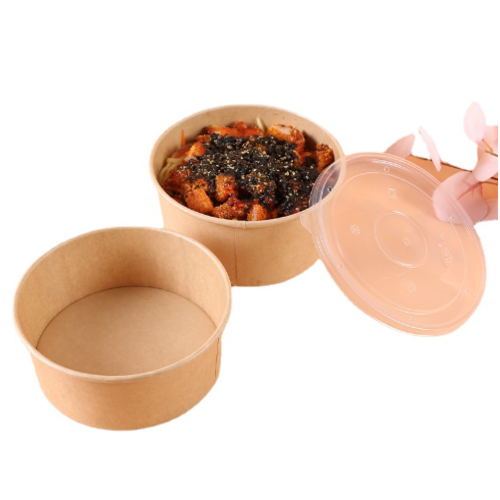The Evolution of Food Packaging Balancing Convenience and Sustainability
Food packaging plays a crucial role in ensuring the safety, quality, and longevity of products while catering to the consumer’s expectations for convenience and sustainability. Over the years, food packaging has evolved significantly, influenced by technological advancements, environmental concerns, and changing consumer behaviors.
Historically, food packaging was primarily functional. Early humans used natural materials, such as leaves, animal skins, and clay containers, to protect their food from spoilage and contamination. As societies advanced, so did the materials and methods used for packing food. The introduction of glass, metal, and paper brought about major shifts in food preservation and transportation, allowing for longer shelf life and broader distribution.
In the 20th century, the industrial revolution and the modern food supply chain transformed food packaging into a key marketing tool
. With the rise of supermarkets and globalization, brands began to focus on aesthetic appeal, convenience, and branding. Plastic became a dominant material due to its versatility, lightweight nature, and cost-effectiveness. The advent of vacuum sealing and modified atmosphere packaging further extended the freshness of perishable items, revolutionizing the way consumers accessed food.However, the convenience offered by modern packaging has come at a cost. As plastic waste became a significant environmental issue, consumers and companies alike began seeking more sustainable packaging solutions. The impact of single-use plastics on marine life and landfills prompted a shift towards biodegradable and compostable materials. Innovations in packaging, such as plant-based plastics and edible packaging, represent a growing industry trend that prioritizes sustainability without compromising functionality.
food packaging

In addition to the environmental concerns, health and safety have become paramount in food packaging. Smart packaging technologies, including QR codes and sensors, help consumers verify the freshness and safety of their food. These advancements not only enhance consumer confidence but also align with the increasing interest in transparency and traceability in the food supply chain.
Moreover, the COVID-19 pandemic has further reshaped consumer perceptions and preferences regarding food packaging. Increased concerns about hygiene and food safety led to a surge in demand for tamper-evident and sealed packaging options. As more people turned to online grocery shopping, there was also a need for durable packaging that could withstand the rigors of shipping while ensuring that products remained intact and fresh upon delivery.
As we move forward, the future of food packaging will likely focus on a holistic approach that balances convenience, sustainability, and health. Brands are being challenged to innovate continuously while considering the life cycle of their packaging materials. This includes exploring ways to minimize packaging waste, adopting circular economy principles, and ensuring that packaging can be easily recycled or composted.
In conclusion, food packaging is a dynamic field that reflects our changing values and priorities. From its humble beginnings as a protective barrier to its current role as a key player in marketing and sustainability, food packaging continues to evolve. As consumers become increasingly aware of their impact on the environment, the demand for sustainable packaging solutions will only grow. The challenge for manufacturers will be to create packaging that meets consumer needs while also being environmentally responsible. The future of food packaging lies in innovation, sustainability, and an unwavering commitment to providing safe, high-quality products that consumers can trust.



